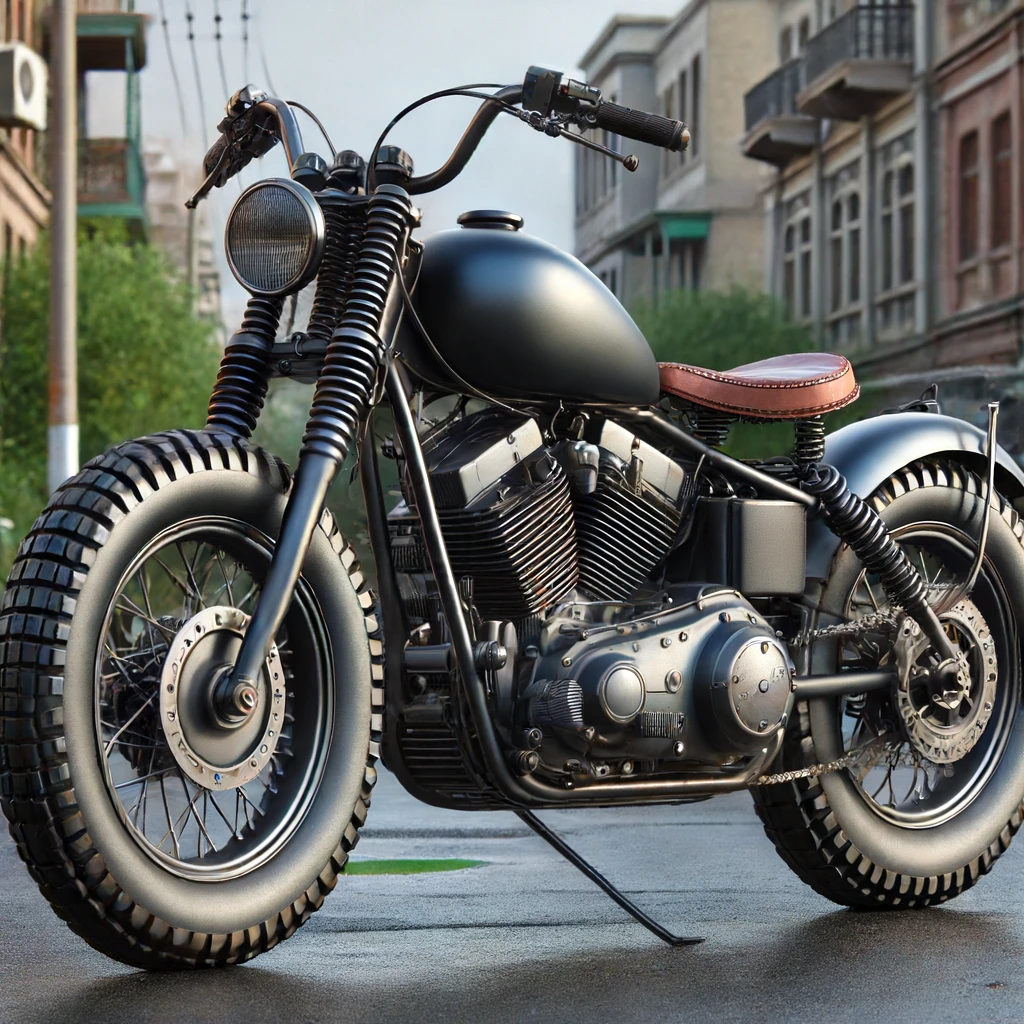Motorcycle air suspension systems provide riders with enhanced comfort, adjustable ride height, and improved handling. Whether you're considering an upgrade or simply want to understand more about your bike's suspension, knowing the terminology is crucial.
This glossary will cover essential motorcycle air suspension terms, helping you make informed decisions and better understand your bike's performance.
Motorcycle Air Suspension Glossary
Air Spring / Air Bag
Definition: A flexible, rubber-based component filled with compressed air.
Function: Replaces traditional coil springs, providing adjustable support and cushioning for the motorcycle.
Air Compressor
Definition: A device that pressurizes air to fill the air springs.
Function: Maintains the desired air pressure in the suspension system, allowing for adjustments in ride height and firmness.
Air Reservoir
Definition: A storage tank for compressed air.
Function: Provides a ready supply of air to the air springs, ensuring quick adjustments and maintaining pressure.
Control Module
Definition: An electronic device that manages the air suspension system.
Function: Monitors sensor inputs and adjusts air pressure in the air springs to maintain the desired ride height and comfort level.
Ride Height Sensor
Definition: A device that measures the distance between the motorcycle's frame and the ground.
Function: Provides data to the control module, which adjusts air pressure to maintain consistent ride height.
Solenoid Valve
Definition: An electrically-operated valve that controls the flow of air in the suspension system.
Function: Regulates the air entering and exiting the air springs, allowing precise adjustments to the suspension.
Dump Valve
Definition: A valve that releases air from the air springs quickly.
Function: Lowers the motorcycle’s ride height by reducing air pressure in the air springs.
Air Line
Definition: Flexible tubing that transports compressed air between the compressor, reservoir, and air springs.
Function: Ensures efficient and leak-free delivery of air throughout the suspension system.
Shock Absorber
Definition: A hydraulic device that dampens vibrations and controls the movement of the suspension.
Function: Works in conjunction with air springs to provide a smooth and stable ride.
Coilover
Definition: A suspension component that combines a coil spring and a shock absorber into a single unit.
Function: Offers an integrated solution for suspension support and damping, commonly found in traditional suspension systems.

PSI (Pounds per Square Inch)
Definition: A unit of pressure measurement.
Function: Indicates the amount of air pressure within the air springs, affecting the motorcycle’s ride height and firmness.
Adjustable Suspension
Definition: A suspension system that allows for manual or automatic adjustments to ride height and firmness.
Function: Provides customizable riding dynamics to suit different preferences and conditions.
Air Suspension Kit
Definition: A package that includes all the necessary components to install an air suspension system on a motorcycle.
Function: Typically contains air springs, a compressor, air lines, a control module, and other hardware.
Ride Height Adjustment
Definition: The ability to change the motorcycle’s height above the ground using the air suspension system.
Function: Allows riders to lower the bike for better handling and aesthetics or raise it for improved ground clearance and comfort.
Air Ride Management System
Definition: An integrated system that controls all aspects of the air suspension setup.
Function: Includes the control module, solenoid valves, air lines, and sensors, providing comprehensive management of ride height and firmness.
Preload Adjustment
Definition: The process of adjusting the initial tension of the air springs or shocks.
Function: Sets the baseline ride height and firmness before dynamic adjustments are made by the air suspension system.
Load-Leveling
Definition: A feature that automatically adjusts the suspension to maintain a level ride height, regardless of load.
Function: Ensures consistent performance and handling, even when carrying passengers or cargo.
Progressive Rate Spring
Definition: A type of spring that provides increasing resistance as it compresses.
Function: Offers a smoother ride over small bumps and firm support over larger impacts, enhancing comfort and control.
Progressive Suspension
Definition: A suspension system that uses progressive rate springs or air springs to provide variable resistance.
Function: Delivers a more adaptable and comfortable ride by adjusting to different road conditions and loads.
Suspension Sag
Definition: The amount the suspension compresses under the weight of the rider and motorcycle.
Function: A critical setup parameter that affects ride comfort and handling, typically adjusted using preload settings.
Anti-Dive
Definition: A feature that reduces the tendency of the front suspension to compress under braking.
Function: Improves stability and control during braking, enhancing rider safety.
Compression Damping
Definition: Controls the rate at which the suspension compresses when encountering a bump.
Function: Affects ride comfort and handling by regulating the suspension’s response to impacts.
Rebound Damping
Definition: Controls the rate at which the suspension returns to its original position after compressing.
Function: Prevents the suspension from bouncing excessively, ensuring a smooth and stable ride.
Conclusion: Mastering Motorcycle Air Suspension
Understanding the terminology associated with motorcycle air suspension systems is essential for making informed decisions about maintenance, upgrades, and performance tuning. This glossary covers the most important terms, helping you navigate the complexities of air suspension and optimize your riding experience.
Check out our selection at Airbagit.com and get the best products on the market!
Join our social media communities on Facebook and Instagram for the best tips and deals in the industry!

